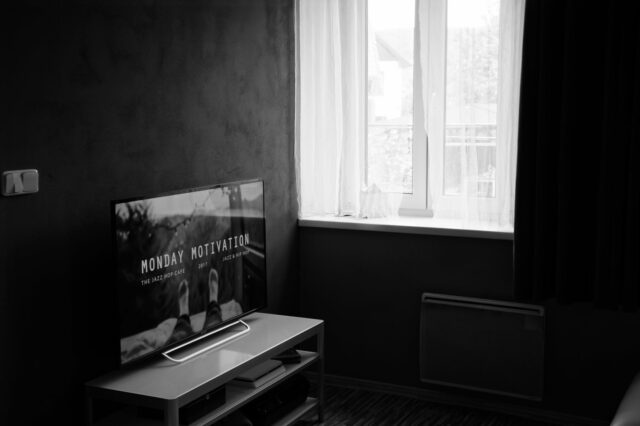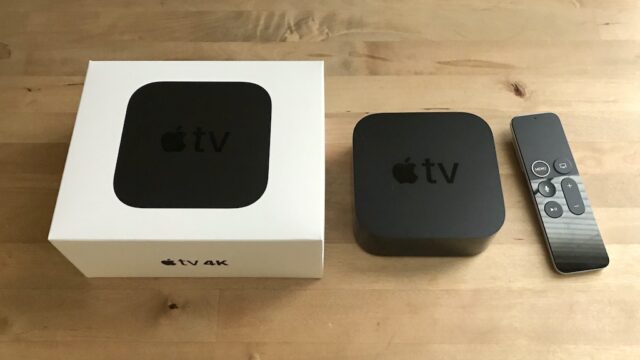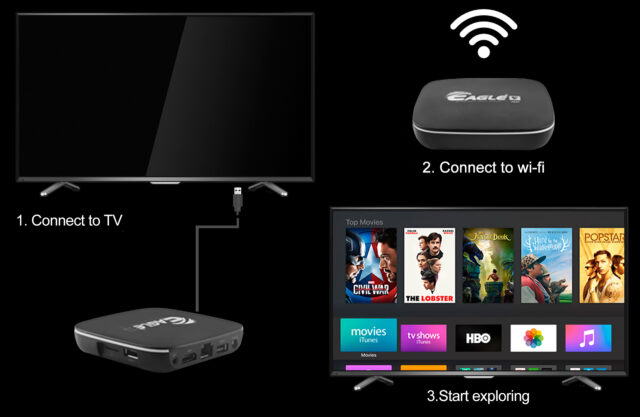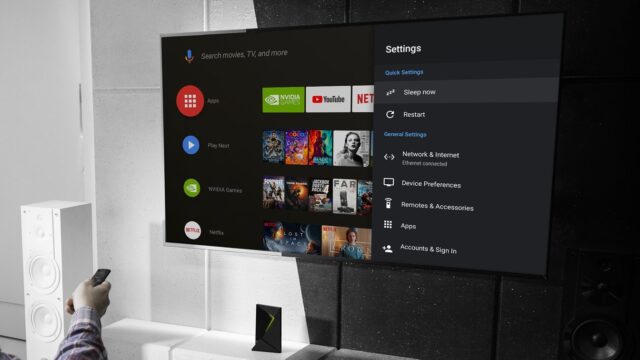
Aerial television has become one of the best ways to enjoy your favorite channels at home. Sure, cable and streaming services do have some advantages over aerial and more features, but is it really worth it at those prices?
Cable companies offer basic packages for about $30 a month, but those packages do not really give you a lot of choices in channels. Streaming services are much cheaper at just $10 a month, but the amount of content is very limited because of licensing restrictions.
So, why should you limit yourself with any of these services when you can get free channels with just an antenna? There is no need for subscribing to some giant company that controls what kind of content you can or can’t watch.
Aerial TV is completely free and can even be in much higher quality than cable TV. Although that will depend on the type of antenna you are using and the broadcast tower in your area.
Aerial television sounds great, but it is not exactly plug-and-play. Sure, providers can charge you with expensive fees, but they do send professionals that will ensure that you get the best possible connectivity and image quality. Keep in mind, there are some companies out there that offer aerial TV installation such as tayloraerials.co.uk.
However, if you want to do the entire aerial setup at home by yourself, here are some of the things you could do to boost the signal of your antenna.
Distance from the broadcasting station

The distance between your antenna and the source of the transmitted signal is essential for the best image quality and reliable connection. Some people have the luck of being located in a position where the transmission is near. Some people are even in the range of multiple broadcasting towers which means they have access to various channels.
Unfortunately, not everyone has the same luck, so, before you go and purchase an antenna, you should do some research to find out whether you are in the range of a transmitter. There are many websites out there that can provide you with a map of all the transmitters in your state or country. Calculate the distance between your home and the broadcasting station. The distance should determine whether you should consider installing aerial TV in your home or not.
Get a new antenna

The best possible way to boost the signal of your receiver is to simply buy a new one. Old antennas are outdated and do not have nearly the same features as the new ones do.
However, before you go out and buy the first receiver you see, you will need to decide what kind you will need. You have to choose between two types. One type is installed outside, usually on the roof, while the other one is installed indoors. Naturally, the ones that need to be placed inside will have a much smaller coverage, but if you are near a transmitting tower, you won’t have a problem. The ones that go on the roof of your house or apartment building will have a much wider coverage area and will deliver a stronger signal.
Keep in mind, an outdoor antenna is only needed if you are truly too far away from the nearest broadcasting station.
Set it up higher

To get the best possible signal on your TV, it is not just about buying the most expensive antenna you can find on the market. It won’t matter if you have spent hundreds of dollars on your receiver if you do not find the right place to put it. Most experts say that it is best that you put it up as high as possible. The higher it is, the better the line of sight it will have with the transmission towers in the distance. This line of sight is what increases its ability to intercept signals.
Obstacles
It is also important to take note of all the obstacles that are in or around your home. For example, a thick patch of trees can actually lower the receiver’s ability to intercept signals. Metal objects such as poles, fences, or other antennas can cause a problem too. You could either remove those objects that are in the way or put the antenna even higher which will create a free and clear line of sight with the transmitter in the distance.
Aim it in the correct direction

Placing it at the highest point on your house or building will not be enough to get a clear image of your favorite channels. If you want the best possible image on your television while you are relaxing on your couch, you will have to make sure that the antenna is pointed in the correct direction. By using one of those maps we mentioned earlier to find where broadcasting towers are located, you can easily adjust your receiver to point at the right place.
Try multiple antennas
If you feel like your brand new receiver, positioned in the right direction and high enough is not performing as it should then your last resort might be to purchase another receiver. Make sure that you get the exact same model as the one you have already and set them up to work together. By combining the power of these two devices, you are effectively doubling their coverage and boosting their signal. This is usually referred to as stacking and many people implement this to their aerial TV setup.
Get an Amp

By trying all of these other methods and still end up with a bad image on your television then you will probably need to get a signal amplifier. If you have multiple receivers then you should buy multiple amplifiers too. Once you connect the amps to the receivers, you will boost their signal by a significant amount, ensuring that you get a much clearer connection on your TV.
All of these different methods to boost the signal of your TV antenna signal should work and help you get a much better image quality on your television.







